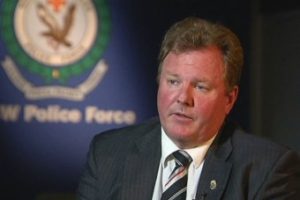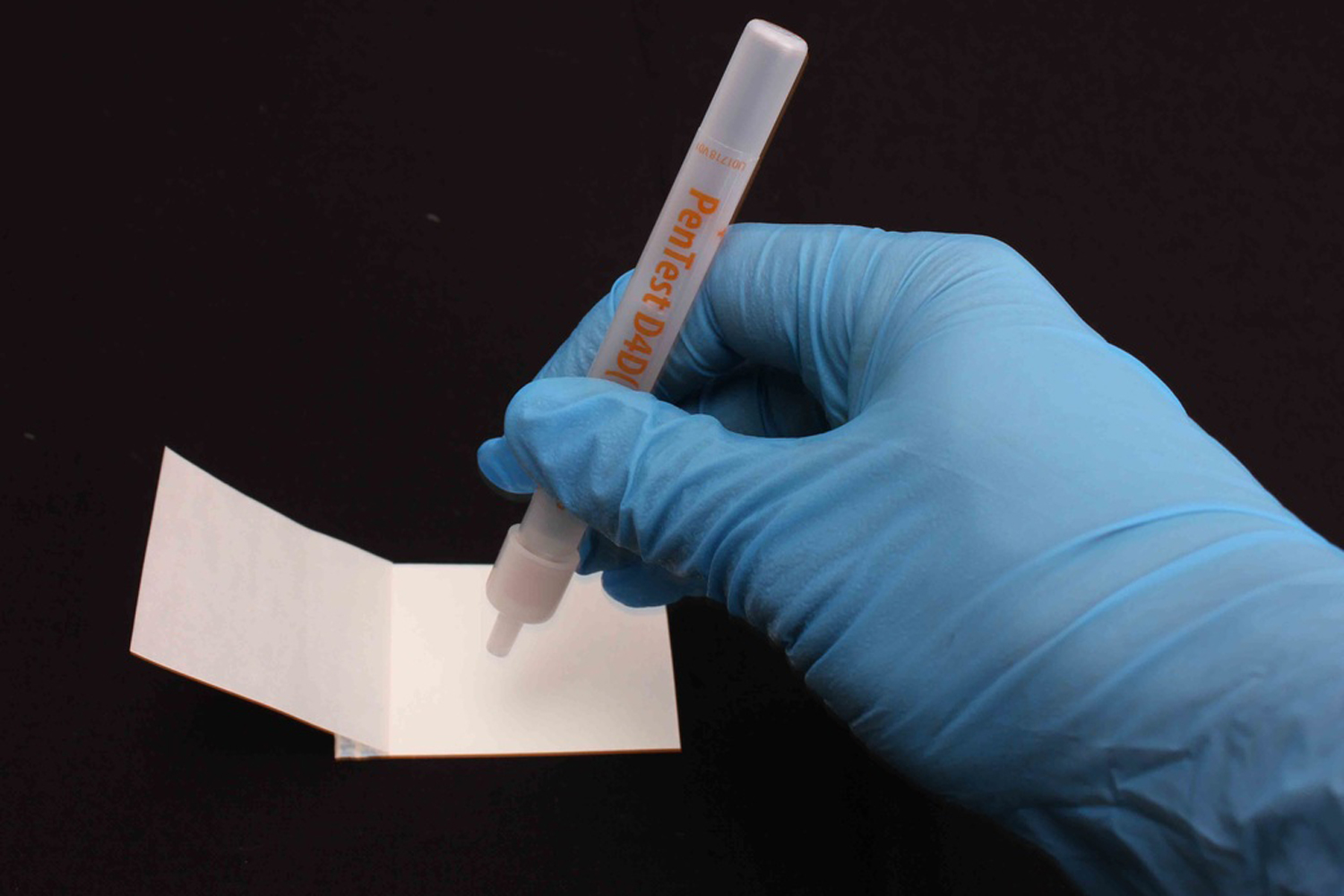25 January 2015 – Authors: Lorna Knowles and Alison McClymont – Source: ABC News
 Australia is in the grip of an ice epidemic and hundreds of clandestine drug labs are springing up around the country each year, in suburban homes, motels and even in car boots and trucks.
Australia is in the grip of an ice epidemic and hundreds of clandestine drug labs are springing up around the country each year, in suburban homes, motels and even in car boots and trucks.
Authorities warn the labs are leaving a toxic legacy, with meth cooks contaminating properties with a cocktail of deadly chemicals and dumping the waste in national parks and waterways.
Just last year police across the nation raided nearly 750 meth labs and they predict this figure will increase dramatically in 2015.

Detective Inspector Michael Cook, head of the chemical operations team for the NSW Police Drug Squad, said labs were often found in rural areas, but they had also been discovered in motel rooms, shipping containers, boots of cars and on the back of trucks.
“Over the past six years we have seen a doubling in the number of clandestine laboratories in NSW and the size of the labs are getting much larger,” Inspector Cook said.
“There’s been an increase because the profits are just so great in the sale of these drugs in comparison to the costs involved in creating the drugs.”
While the devastating effects of ice on users are well known, police are also concerned about the toxic legacy of meth labs on residents and the environment.
“One of my people was severely injured as a result of the work undertaken in a lab where their tear ducts in their eyes were burnt,” Inspector Cook said.
“The young police officer had to resign from the police as a result of her injuries.”
Inspector Cook said that for every kilogram of ice produced, there was 10 kilograms of toxic waste.
Meth cooks dumping waste in national parks and waterways
Meth cooks are not only contaminating properties – police have also caught them dumping the chemical waste in national parks and waterways.
“Many drug manufacturers hang on to that waste. They accumulate it and sometime later they will dump that into some bushland or they will put it in drums and dump the drums on the side of the road,” Inspector Cook said.
“We’ve had many instances of drums located containing meth waste on the side of the road. There was incident about four years ago now in south-western Sydney where a large truck carrying tens of thousands of clan lab [clandestine laboratory] waste emptied the contents overnight into a local creek.”
The manufacturing of the drug is so toxic that houses used as meth labs cannot be occupied until the property is professionally cleaned. Some houses are so contaminated they have to be bulldozed.
“We would maybe see six to 10 properties per year demolished,” Inspector Cook said.
It is a booming business for cleaners who specialise in remediating meth labs.
Ahmad Merhi is head technician at the Sydney-based cleaning company Living Fresh.
“Originally when we did meth labs say three years ago we probably did about 20 in our first year,” Mr Merhi said.
“Last year we probably did about 50. This year we’re expecting about 200, maybe even more. We are being called on a weekly basis to clean up a house where there was a meth lab.”
Under Australian Government guidelines, after police have raided a meth lab, they must report the property to the local council.
A council environmental officer will then issue the owner with a “pollution control” order, requiring them to engage an occupational hygienist to assess the level of contamination.
A cleaner is then hired to remediate the property and this can cost anywhere between $25,000 and $150,000.
Mr Merhi uses a product called Crystal Clean, a decontamination foam developed in the United States more than 10 years ago to kill anthrax which was found in an envelope mailed to Senate Majority Leader Tom Daschle in 2001.
Several suites in the Hart Senate Office Building were contaminated by the anthrax powder and hundreds of Senate staff evacuated the building. It was months before they returned to their suites.



